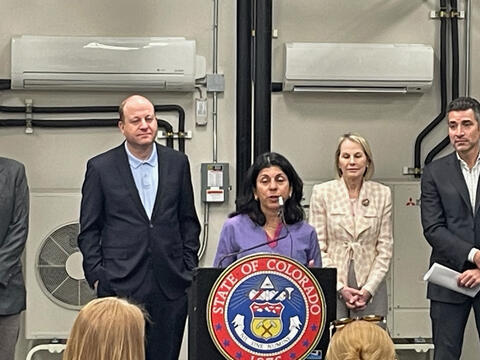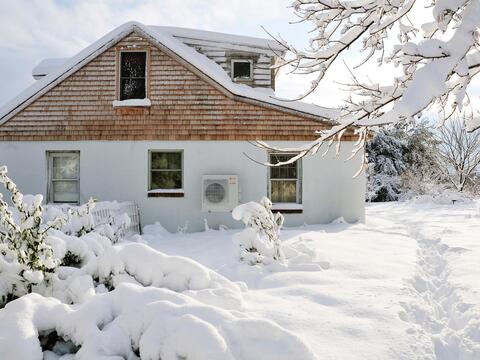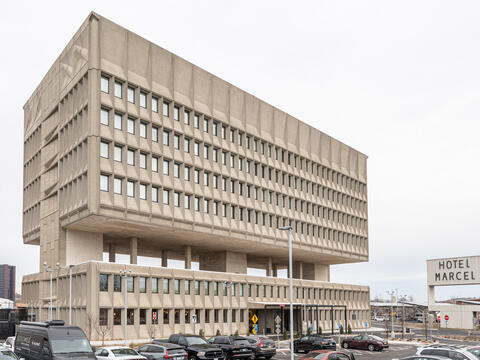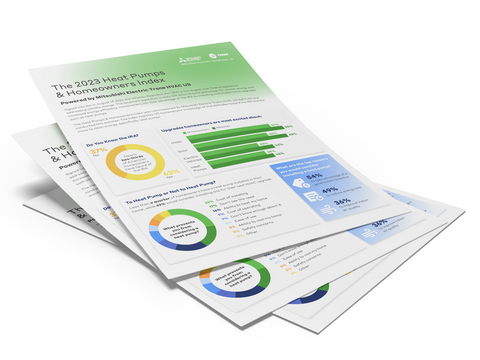The Future of Connected Buildings
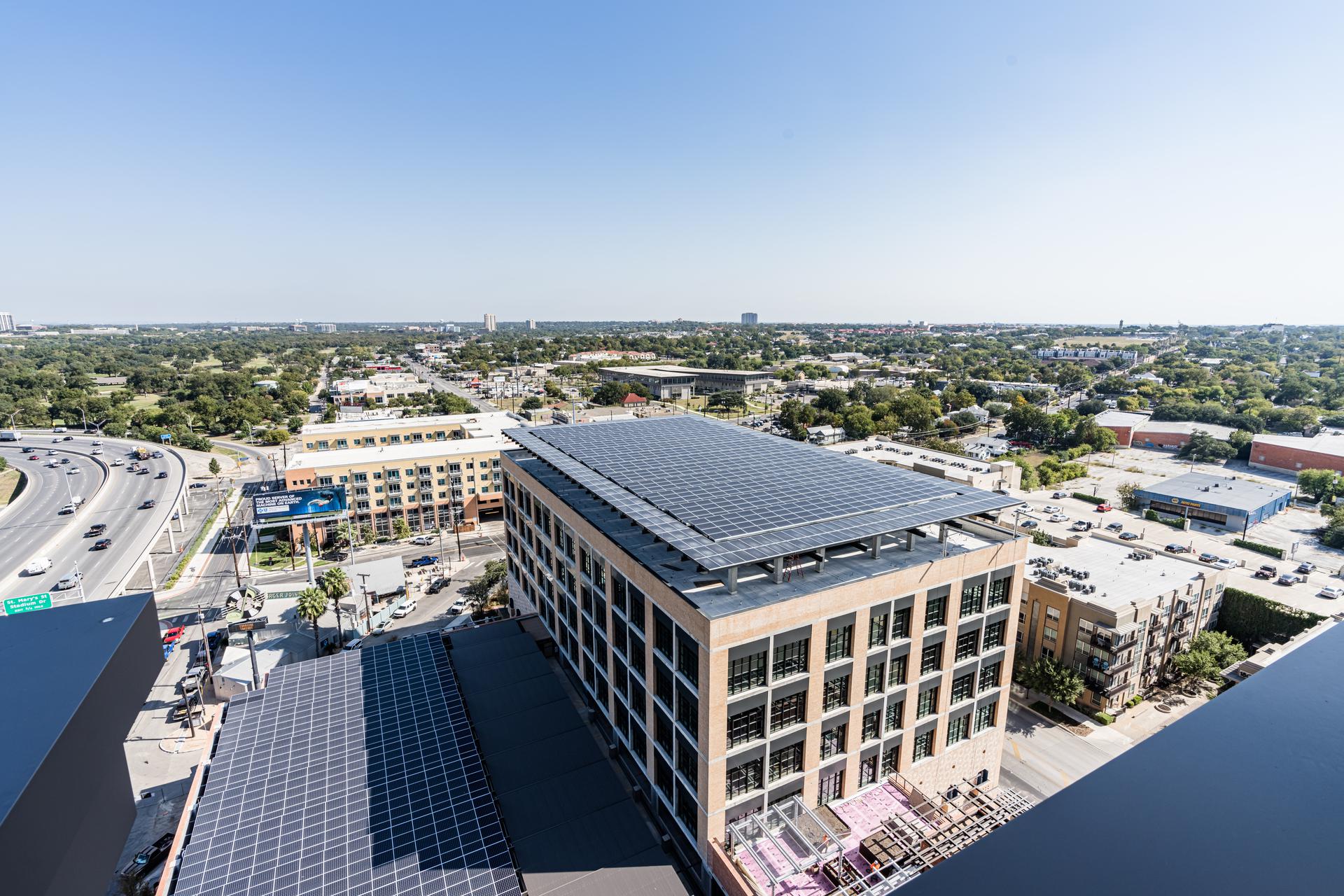
Connected buildings are a growing part of the commercial-built landscape, especially since everyone, from property owners and operators to architects, is trying to make structures smarter and more sustainable.
Today’s buildings consume 40% of global energy and are responsible for 33% of greenhouse gas emissions (GHG). With climate change happening at breakneck speed, the commercial building industry must take steps to ensure new and existing structures are more energy-efficient and sustainable.
Connected buildings gather intelligence from on-premises devices, sensors and systems, providing facility managers with invaluable insights. Using artificial intelligence (AI), machine learning (ML), automation and the Internet of Things (IoT), high-tech buildings can apply real-time data to reduce energy consumption, decrease environmental footprint and elevate occupant comfort.
Easy system access and control
Today’s commercial building owners and operators want to control a structure’s lighting, HVAC and other systems from one connected interface. They want a connected-devices ecosystem that collects data and interacts with all systems, whether smart thermostats, security systems or lighting.
A Building Management System (BMS), the heart of a connected structure, is a unified platform that monitors and controls solutions. A BMS optimizes various systems by enabling facility managers to access, monitor and manage systems on-site or remotely using mobile applications and/or web interfaces.
Data about building occupancy, temperature, humidity, light levels, air quality and more provides significant value as it can be used to improve operational efficiency, enhance security and reduce costs, among other benefits.
Through automated management of lighting, HVAC solutions and other systems, facility managers are empowered to make better-informed decisions regarding maintenance and repairs, whether on-site or remote. Sensors and data can be used to predict when building equipment like elevators or plumbing might fail, enabling proactive maintenance and reduced downtime. Maintenance teams receiving real-time alerts can address equipment issues promptly.
A great example is Cube Berlin, a smart office complex in Berlin with interconnected systems controlled by artificial intelligence. The building features intelligent lockers, a security robot, dynamic energy management and a zoned HVAC system that can regulate temperatures based on occupancy and learn from individual temperature preferences.
Using real-time data, the Cube Berlin is so smart that it learns from and adapts to individual occupant needs. The intelligent building even pinpoints the location of the nearest parking space, cutting down on emissions that would otherwise be produced by driving around and searching for a vacant spot.
Smart HVAC and Building Connect+
HVAC systems play a significant role in connected buildings. Since they can be pre-programmed to heat and cool rooms, HVAC systems can help facility managers optimize usage and downtime, save energy when spaces are empty and reduce utility costs.
Mitsubishi Electric Trane HVAC US (METUS) continues to be a leader in the commercial HVAC industry and recently introduced Building Connect+. Building Connect+ is a simple, affordable, secure cloud-based platform that monitors and controls Mitsubishi Electric CITY MULTI® equipment, your third-party BACnet®, and hardwired equipment. Remote connectivity lets you view Building Connect+ installations and users across different locations.
Building Connect+ allows users to seamlessly connect up to 50 VRF indoor units, 5 BACnet devices and eight other pieces of equipment using digital I/O. The platform arms building operators with features like user management, alerts, scheduling, trend builder and a cloud-based data hub. Building Connect+, designed to be user-friendly, can also easily add new units during startup and commissioning with built-in auto-import functionality.
The future of connected facilities is bright as the commercial building industry continues to make strides toward reducing energy consumption, installing smart, interconnected systems and decreasing their overall carbon footprint.


